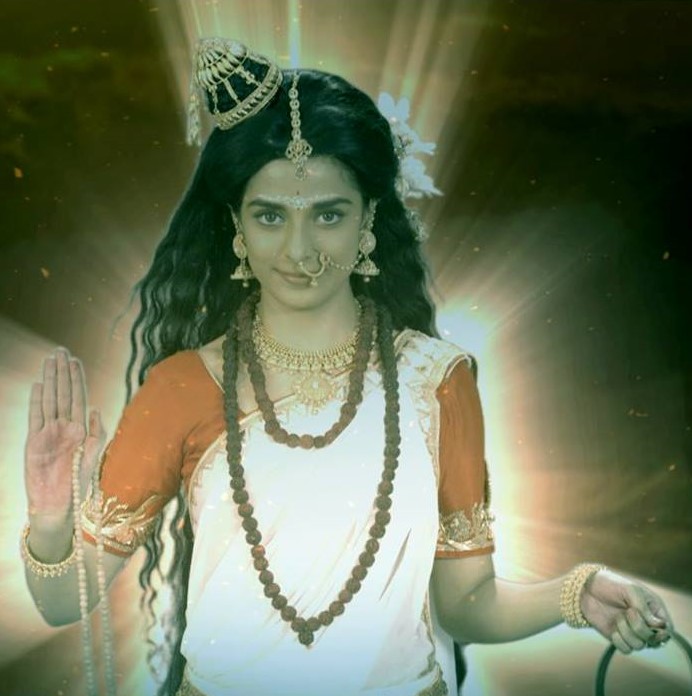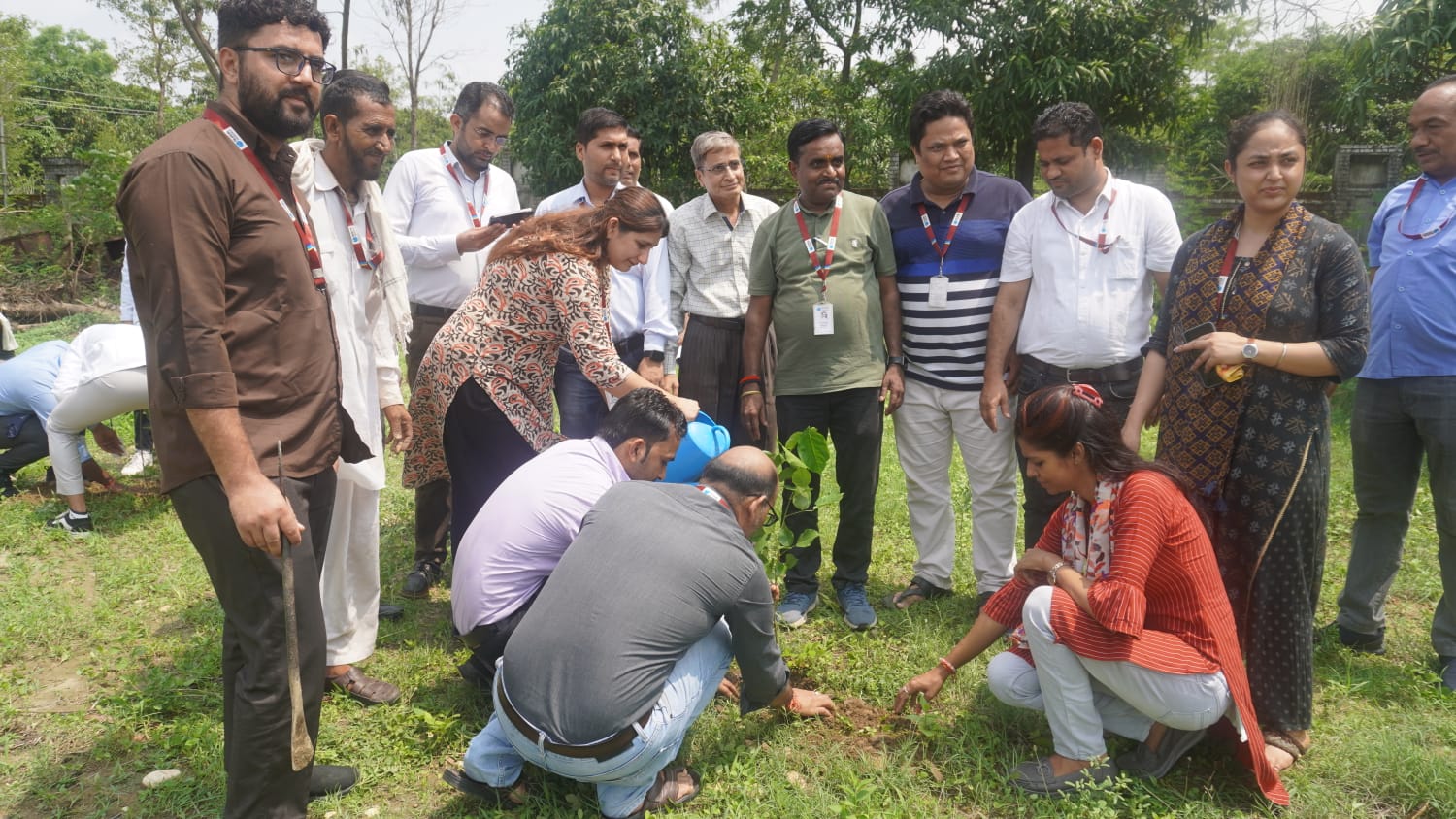The second day of Navratri is an auspicious occasion to seek the blessings of Goddess Brahmacharini for spiritual growth, wisdom, and inner strength. It is a day of self-reflection and devotion as Hindus celebrate the nine divine forms of the Goddess during this festival. On the second day of Navratri, the Goddess Brahmacharini is revered. She is the second form of Goddess Durga and is known for her divine grace, knowledge, and penance. Brahmacharini signifies the unmarried form of the Goddess.
Importance of the Second Day of Navratri:
The second day of Navratri holds significance in Hindu culture, particularly during the festival of Navratri which is dedicated to the worship of the Goddess Durga. Each of the nine days of Navratri is associated with the worship of a different form or manifestation of Goddess Durga. The importance of the second day, known as Dwitiya or Dwitiya Tithi, is as follows:
1. Worship of Goddess Brahmacharini: On the second day of Navratri, Goddess Brahmacharini is worshipped. She is considered the second form of Goddess Durga. Brahmacharini represents the pursuit of knowledge, wisdom, and spirituality. She is depicted as carrying a rosary and a water pot. Her name “Brahmacharini” signifies her dedication to a life of austerity and self-discipline.
2. Significance of the Color: Each day of Navratri is associated with a specific color. The color for the second day is often green. Devotees wear green attire and offer green flowers to the Goddess as it is believed to symbolize growth, peace, and harmony.
3. Spiritual Significance: On this day, devotees seek the blessings of Goddess Brahmacharini to attain knowledge, wisdom, and inner strength. It is a day to reflect upon one’s own spiritual journey and commit to a path of self-improvement and self-realization.
4. Observance: People fast on the second day of Navratri as a mark of devotion and self-purification. Some may consume only fruits and milk during this fast.
5. Mantra Chanting: Chanting of specific mantras dedicated to Goddess Brahmacharini is a common practice on the second day. The Gayatri Mantra is often recited as it is associated with the pursuit of knowledge and enlightenment.
The second day of Navratri is an auspicious occasion to seek the blessings of Goddess Brahmacharini for spiritual growth, wisdom, and inner strength. It is a day of self-reflection and devotion as Hindus celebrate the nine divine forms of the Goddess during this festival.
Goddess Brahmacharini:
The name “Goddess Brahmacharini” carries deep symbolism, emphasizing the importance of spiritual practice and dedication in the Hindu tradition. It highlights the notion that through unwavering devotion and commitment to the divine, one can attain union with the supreme reality, represented by Lord Shiva. This form of the goddess serves as an inspiration for seekers on the spiritual path, encouraging them to persevere in their pursuit of spiritual growth and enlightenment.
Goddess Parvati is named “Goddess Brahmacharini” during the nine-day festival of Navratri, where each day is dedicated to a different form of the goddess Durga. “Brahmacharini” is derived from the Sanskrit words “Brahma,” which refers to the supreme reality, and “charini,” which means a female follower or one who walks the path of. Therefore, “Brahmacharini” signifies a female who follows the path of Brahma, the supreme reality.
This form of Goddess Parvati represents her penance and dedication. She is often depicted as a goddess who undertook severe penance to win the heart of Lord Shiva and eventually became his consort. Goddess Brahmacharini symbolizes the virtues of devotion, determination, and the pursuit of spiritual knowledge.
Spiritual Practices and Vedic Rituals for the Second Day of Navratri:
1. Meditation and Prayer: Devotees often start the day with meditation and prayers dedicated to Goddess Bhramcharini. Chanting her mantra “Om Devi Bhramcharinyai Namah” can be a powerful way to connect with her.
2. Fasting: Fasting on the second day of Navratri is common. Many people observe a “vrat” (fast) and consume only fruits and milk during the day. Some may choose to have a single meal or eat only once.
3. Color of the Day: The color associated with the second day of Navratri is green. Wearing green attire or decorating the altar with green flowers is a way to honor Goddess Bhramcharini.
4. Offerings: Devotees offer flowers, fruits, and other items that are dear to the Goddess during their worship. These offerings symbolize reverence and devotion.
5. Recitation of Scriptures: Reading and reciting the Durga Saptashati or other sacred texts dedicated to Goddess Durga is considered auspicious on this day.
6. Havan (Fire Ritual): Some may perform a havan (fire ritual) as an offering to the Goddess. It involves chanting mantras and making offerings into the sacred fire.
7. Charity: As a spiritual and holistic health coach, you might consider encouraging your clients to engage in acts of charity and service as part of their spiritual practice during Navratri.
Navratri is a beautiful and spiritually enriching festival that allows individuals to connect with the divine feminine energy of Goddess Durga. The practices and rituals associated with each day of Navratri provide an opportunity for self-reflection, purification, and devotion. They can be a powerful means of seeking holistic and spiritual guidance and healing.
About Author

Spiritual Coach Anupriya is a seasoned holistic health coach based in Dehradun, India. With expertise in Astrology, Tarot Card Reading, Reiki Healing, and more, she guides seekers towards holistic well-being. Her profound knowledge in psychology enhances her mission of offering spiritual guidance and healing to those in need. She’s the founder of DISHA Academy which is part of Divine Instrument.




